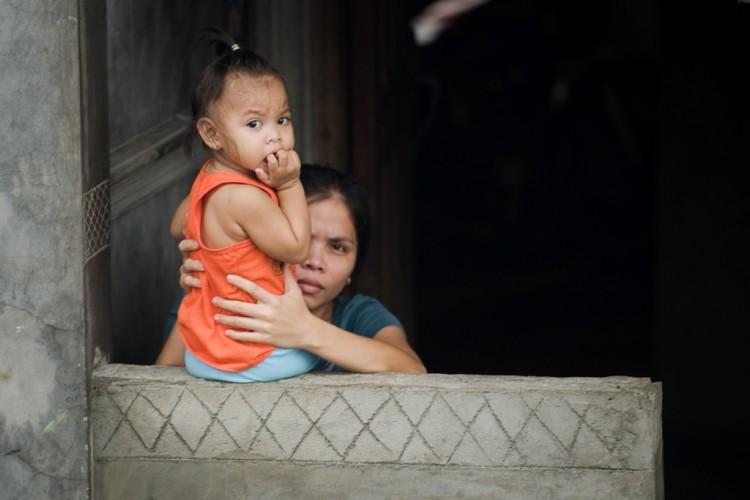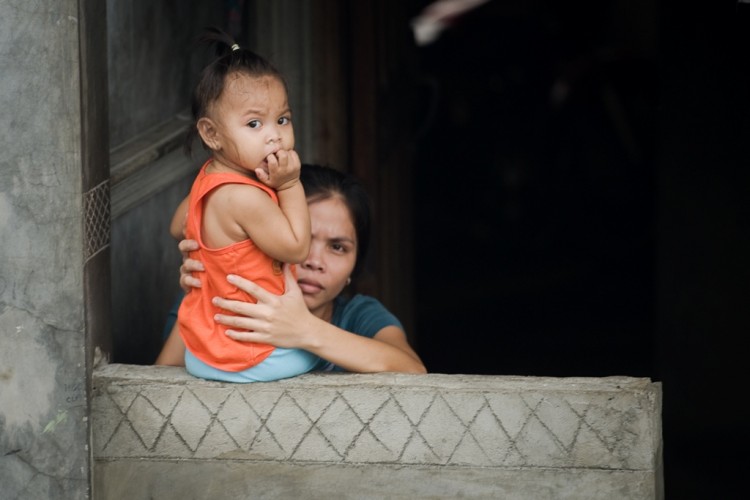MANILA—As Japan’s population shrinks and China grays fast, a battle is shaping up in the Philippines, pitching its demographic and economic future against Catholic orthodoxy. The issue: Fewer babies or more?
A global demographic dichotomy is coming into focus in the Philippines where the Congress is to vote soon on legislation known as the Reproductive Health Bill, which would enable government clinics to provide contraceptive advice and devices.
President Benigno S. Aquino III supports the bill, and for this he’s been denounced by the Catholic Bishops’ Conference of the Philippines, representing the celibate hierarchy of a politically powerful church in this majority Catholic country.
The issue of government support for contraception has been raised many times over the past four decades, and this bill has been in the works for two years already. Opinion surveys suggest that the majority of Filipinos favor the bill, and Aquino’s current high popularity should help its passage. But opposition remains formidable.
Although contraceptive devices are widely used in the Philippines, particularly by the more prosperous classes, poorer families mostly still have several children, giving the Philippines the highest fertility rate in Asia east of Afghanistan—an average of 3.1 births per woman of fertile age. High population growth—35 percent of the population is under 15—is often cited as the reason why per capita income growth in the Philippines has lagged far behind that of neighboring countries such as Thailand and Indonesia.
In opposing the bill Catholics have not merely resorted to papal doctrine, but suggest that easy availability of contraception would lead to a sharp fall in the birth rate similar to countries where the problem now is over-rapid aging. This is an opportunistic argument against enabling all members of society to have access to contraception. But it does have a grain of truth, indicated by the feast to famine changes in fertility elsewhere in East Asia.
Benefits of Low Fertility
All the countries in East Asia with rapid declines in fertility have benefited by enjoying high savings rates and falling dependency ratios. But that is now changing so future growth will be much harder to achieve and several countries face future aging shocks more severe even than Japan’s.
The median age of Japan’s population is now 45 and despite Japanese longevity, the total population has begun to decline. South Korea and China will likely be in the same position by 2030 or earlier. Meanwhile the Philippines is struggling to keep economic growth far enough ahead of population to raise living standards significantly.
At the other end of the fertility policy spectrum from the Philippines is China, which has had three decades of its one-child policy, using penalties and forced abortions to reduce its population growth. The crudity of China’s enforcement is emphasized by the fact that its neighbors saw equally steep falls in fertility with no compulsion.
For example, Thailand, once mainly rural like China at the start of the one-child policy, achieved an identical fall in fertility simply by handing out condoms and by using humorous advertising to promote sex without procreation. A similar campaign was later used to combat HIV. Indeed, for 40 years, from the 1970s till today, Thailand’s fertility rate has almost exactly paralleled that of China.
Rapid Aging
China’s fertility rate is now a mere 1.6, far short of the 2.1 needed for long-term stabilization. Without a pickup, China’s population will start falling within 20 years. As the government becomes more concerned about rapid aging, the one-child policy is likely to be abandoned before long.


